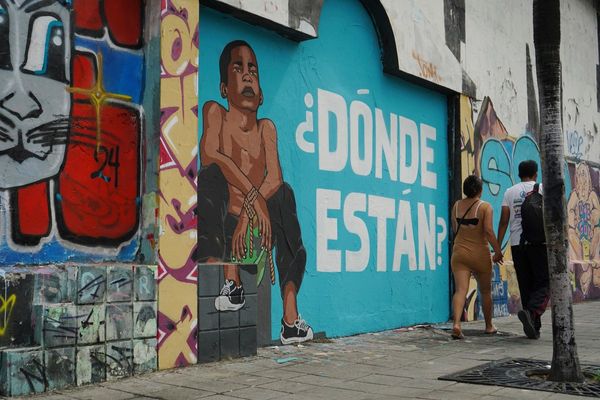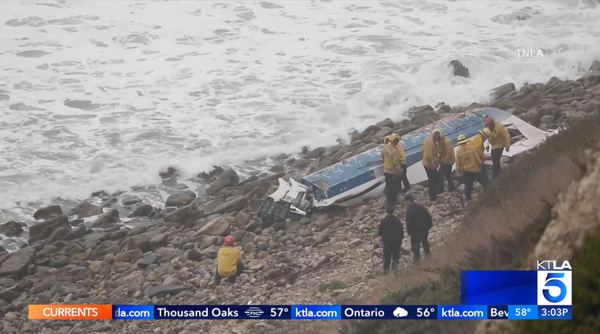
When a 14-year-old girl living in a small town in New South Wales appeared before a local court on a property damage charge two years ago, the magistrate tried to avoid giving her a criminal penalty.
It was strongly suspected she had a cognitive impairment, recalls James Clifford, a lawyer for the Aboriginal Legal Service. It’s a condition which can compound the chance of criminal behaviour, leave kids open to manipulation, and see them struggle to understand instructions or bail conditions.
But there was no services attached to the rural local court she faced, nor available local specialists to assess her.
If she had lived in the city, she likely would have been assessed by a psychologist attached to the dedicated children’s court during her first appearance. If found to have a disability or mental health condition, she would have been eligible to be diverted from a criminal penalty under the Mental Health Act; the underlying challenges she was facing supported and treated.
Without access to this diversion, she faced a criminal penalty. Clifford describes what has happened to her in the two years since that first interaction with the court as like being stuck in “quicksand”.
“She hasn’t been given the opportunity to address those underlying risk factors and so continues to come before the courts,” he says, adding she continues to face criminal penalties. “That cycle just perpetuates itself.”
Diversions have been proven to stem youth reoffending, while also providing the treatment that could help change the course of children’s lives. But the specialist teams that aid this diversion do not operate the service in all courts across the state. There isn’t one in many of the areas – including Orange, Tamworth, Walgett or Moree – which have been the centre of the recent youth crime crackdown.
Advocates say this is seeing magistrates faced with two choices for young people: custody or bail, with reoffenders facing the harsher bail conditions recently enacted by the government.
“If the government is concerned about recidivism, we know from evidence that [diversion] is effective, yet it’s almost wholly inaccessible in those locations,” says Clifford.
‘They’re going to keep returning’
The most exhaustive survey examining the health of New South Wales children in custody was last carried out by the government in 2015, with a new one to be completed at the end of this year. The 2015 survey found 83% of young people in custody met the threshold for a psychological disorder.
Despite this, a 2018 NSW inquiry into youth diversion found that only about 1.5% of young defendants in the local court are diverted from a criminal penalty via a treatment plan to help address their condition. The main reason for this low figure was because of a lack of the services needed in courts.
The inquiry recommended that the adolescent court and community teams, which are run by Justice Health that conducts the mental health assessments and treatment plans in courts, be available in every court dealing with young offenders. It also recommended increased funding for mental health support services to which courts can refer young offenders.
The courts in Bourke and Dubbo, which have also become the focus of the youth crime crackdown do have an adolescent court and community team.
But Prof John Kasinathan, a University of Sydney expert in adolescent forensic psychiatry, says the government is yet to provide the funding to see it scaled up. Kasinathan says this is a problem amid the youth crime crackdown in the regions.
Earlier this year the Minns government introduced new laws to make it harder for reoffending 14- to 18-year-olds who commit serious break-and-enter or motor vehicle theft offences to get bail.
Kasinathan says the changes have seen more young people placed into custody, particularly in the regions, because the lack of mental health clinicians there means magistrates have no option to offer a diversionary program.
“If they’re putting money into a youth crime crackdown in the regions, what they should equally be doing is putting money into mental health diversion programs in the regions, because that’s actually what’s going to help people long term,” Kasinathan says.
“[Having kids in custody] might reduce the crime because they’re locked up, but then the moment they’re out, if they’ve got nothing better to do, and the conditions are not treated still, then they’re going to keep returning.”
A report Kasinathan co-authored and released in 2022 found that mental health court diversion programs have the dual benefit of addressing the treatment needs of children and reducing reoffending.
But the report found from 2008 to 2015 fewer than half of young people deemed eligible for formal mental health diversion were granted such a diversion. Indigenous kids in particular were significantly less likely to be granted a diversion even though they were eligible.
This is despite Indigenous young people who face the justice system having higher rates of mental health challenges and cognitive impairments than non-Indigenous kids, according to the 2018 NSW inquiry into youth diversion.
Anxiety and escalating violence
Moree has become a focus in the youth crime crackdown as it faces a serious but now familiar problem across parts of regional NSW: young people breaking into houses and stealing keys to take cars on joy rides.
It does not have an adolescent court and community team in the local court.
“There’s just no Justice Health provisions here to be able to help diagnose mental health conditions or behavioural conditions that these young people have and put the diversionary programs in place,” says Thomas Duncan, manager of community-led change in Moree for JustReinvest.
“The impact of this is we have kids getting around with high anxiety levels and engaging in some pretty bad risk-taking behaviours that are becoming more and more violent and without the right support or right diagnosis.”
Duncan says he is optimistic that recent announcements by the government – which includes $8.75m for bail accommodation and support services to be co-designed with the community – will see more wraparound services for young people who offend.
But he says there are not enough resources to help young people before they come into contact with the justice system.
“We have a six-month wait again to see a psychologist or a six-week wait to see a counsellor,” he says.
An estimated 180,000 children in rural NSW are in need of childhood development services that are not available in their region, according to the healthcare charity Royal Far West.
Lawyers working for community legal services say they’re doing what they can with the resources they have to get young people assessed. Bill Dickens, a solicitor for Legal Aid, says it sometimes arranges psychologists to assess young people facing court in remote areas, but it’s a “very expensive undertaking”.
“We can really only justify paying for it if the child’s charged with a sufficiently serious offence. If the child’s charged with a minor offence, then we find it hard to justify paying for the psychologist to conduct the testing,” he says.
A spokesperson for the NSW government pointed to the more than $100m of additional funding it has committed towards youth justice, and said the adolescent court and community teams operates at all nine of the state’s part-time and full-time children’s courts across Sydney and other parts of the state.
“Adolescent court and community teams form part of suite of early intervention and diversion programs to help at-risk young people and improve community safety,” said a NSW government spokesperson.
“We are committed to helping at-risk young people onto a more positive path. Placing a young person in custody should be a last resort.”
Read more from the In the box series:







